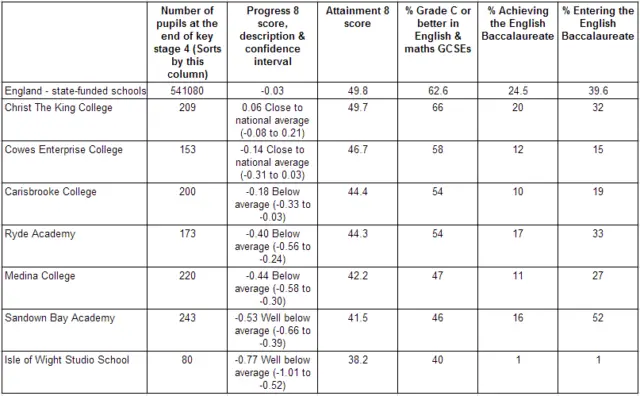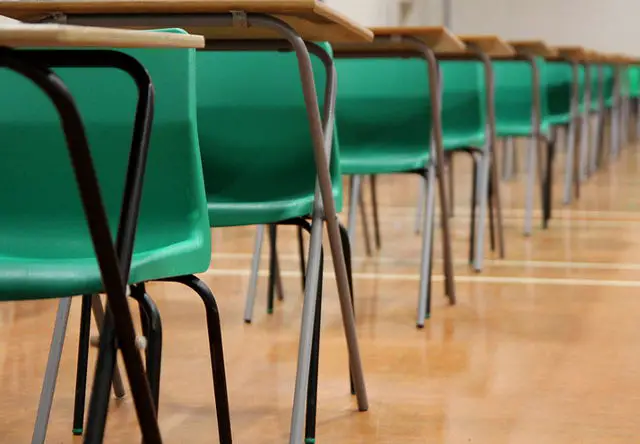A new GCSE ‘Basics Standard’ is being used to measure how many students achieve at least a C grade in English and mathematics combined, rather than the previous measure of how many pupils achieved A*-C in five GCSEs, including maths and English.
Also included in the new Department for Education (DfE) measurements are something called Progress 8 and Attainment 8 scores, which on first sight can make the reader feel as though they need to go back to school to understand them.
Working out the new measurements
The new measurements are certainly not straightforward (unless you work in stats or in the industry), but the NAHT have kindly agreed to let OnTheWight share this helpful Slideshow below, explaining how the measurements are calculated.
We hope it will help those of you keen to stay in touch with how the performance of schools are measured.
Provisional DfE data
Back on GCSE Results Day in August, Isle of Wight schools gave us their predictions on how they performed in relation the new Key Stage 4 measurements.
The Department for Education (DfE) has now issued the 2016 provisional GCSE results for the Isle of Wight.
Click on image to see larger version

The DfE did not hold any provisional data for The Island Free School, Priory School or Ryde School with Upper Chine, but their own predictions can be found on our report from results day
The validated GCSE results are expected in the New Year.
Update from Studio School
Following publication of this article, Richard White, Headteacher at the Isle of Wight Studio School got in touch.
He told OnTheWight,
“The ‘Provisional’ data from the DfE has yet to be confirmed. We know that the scores shown in the table are inaccurate. We know that this has been an administrative discrepancy when information was collected.
“We believe that our score will see IOW Studio School in mid-table on the Island. We understand that the DfE validation process and amendments will not happen until the New Year.”
Article edit
9.50am 11/9/16 – Update from Studio School added
Image: comedynose under CC BY 2.0





